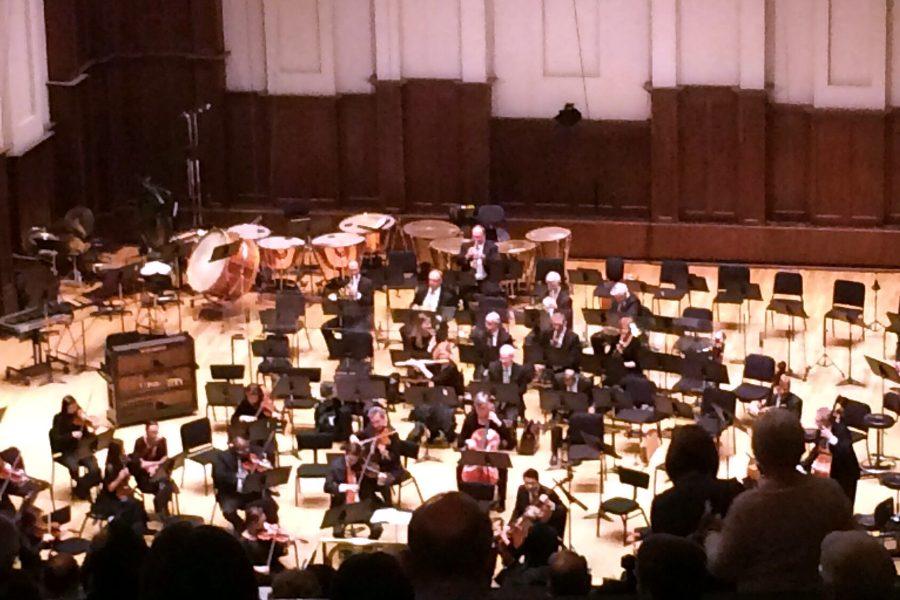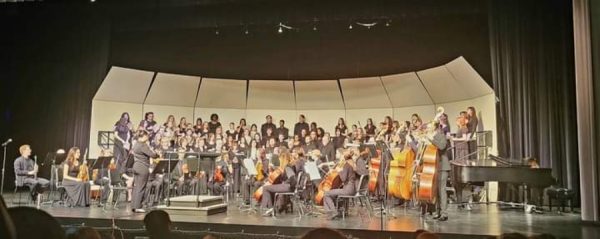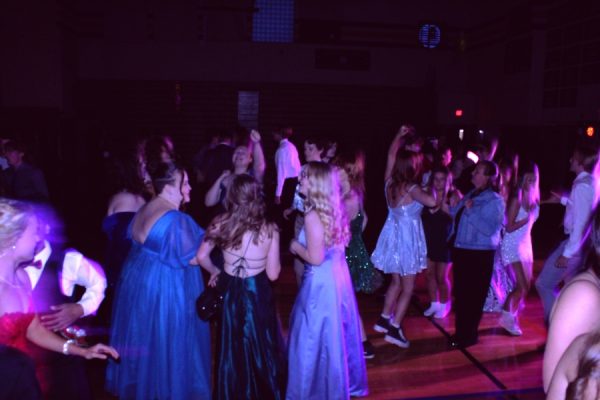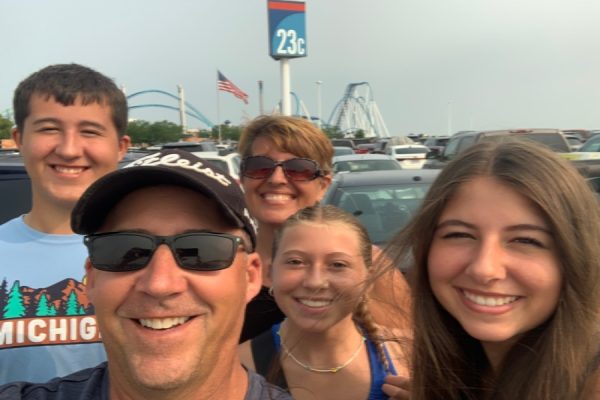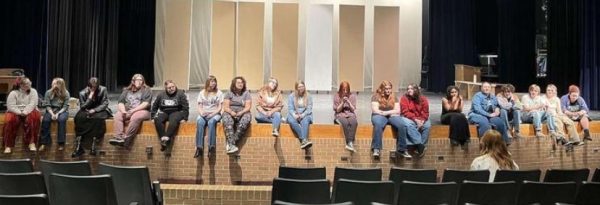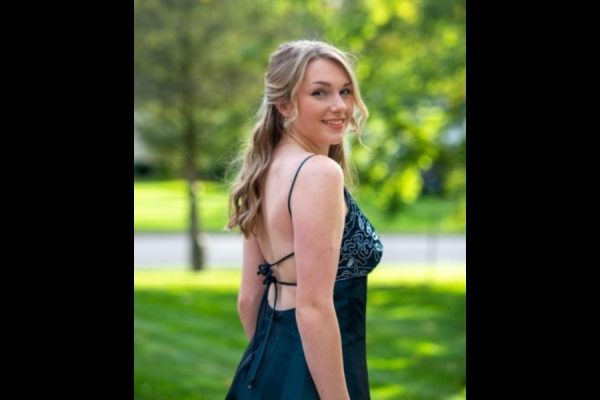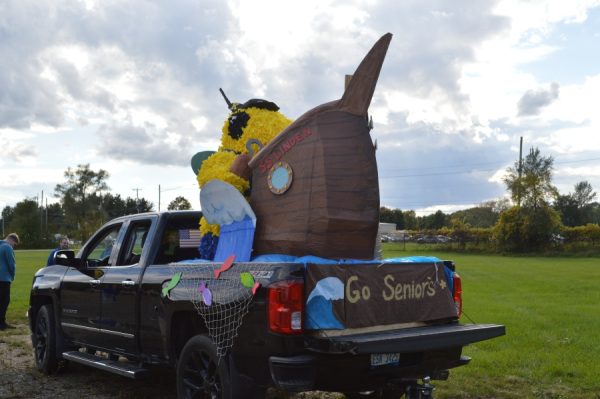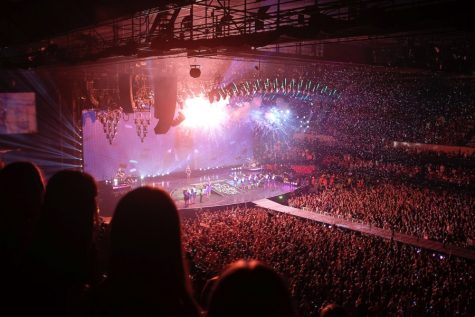The Detroit Symphony Orchestra wows band students
IMAGE / Andrew Flynn
The Detroit Symphony Orchestra warms up before its performance Sunday, April 24.
Kearsley symphonic band students were invited to attend a performance by the Detroit Symphony Orchestra on Sunday, April 24.
The DSO, conducted by Mr. Peter Oundjian, performed Gustav Holst’s famous orchestral suite “The Planets,” along with Mozart’s “Overture to Don Giovanni” and Shostakovich’s “Violin Concerto No. 2.”
When I entered Orchestra Hall, I was taken aback by the design of the building. It was one of the most fancy and stunning buildings I had ever set foot in.
I walked up red-carpeted stairs flanked by marble with smooth wooden sides guiding me upward into the seating area.
Once I sat down, I gazed around and took in the sights.
The panels in the walls were reminiscent of ancient Egyptian hieroglyphics with gold paint lining the sides of the stage.
The hall confirmed my beliefs that architects in 1919 knew how to design a building nicely.
The lights then dimmed and Oundjian made his way to the podium. The room became dead quiet after a round of applause.
The show opened with “Overture to Don Giovanni.” I loved the strong opening, and the soft, timid quietness of the string instruments that followed. However, the piece was not all that memorable.
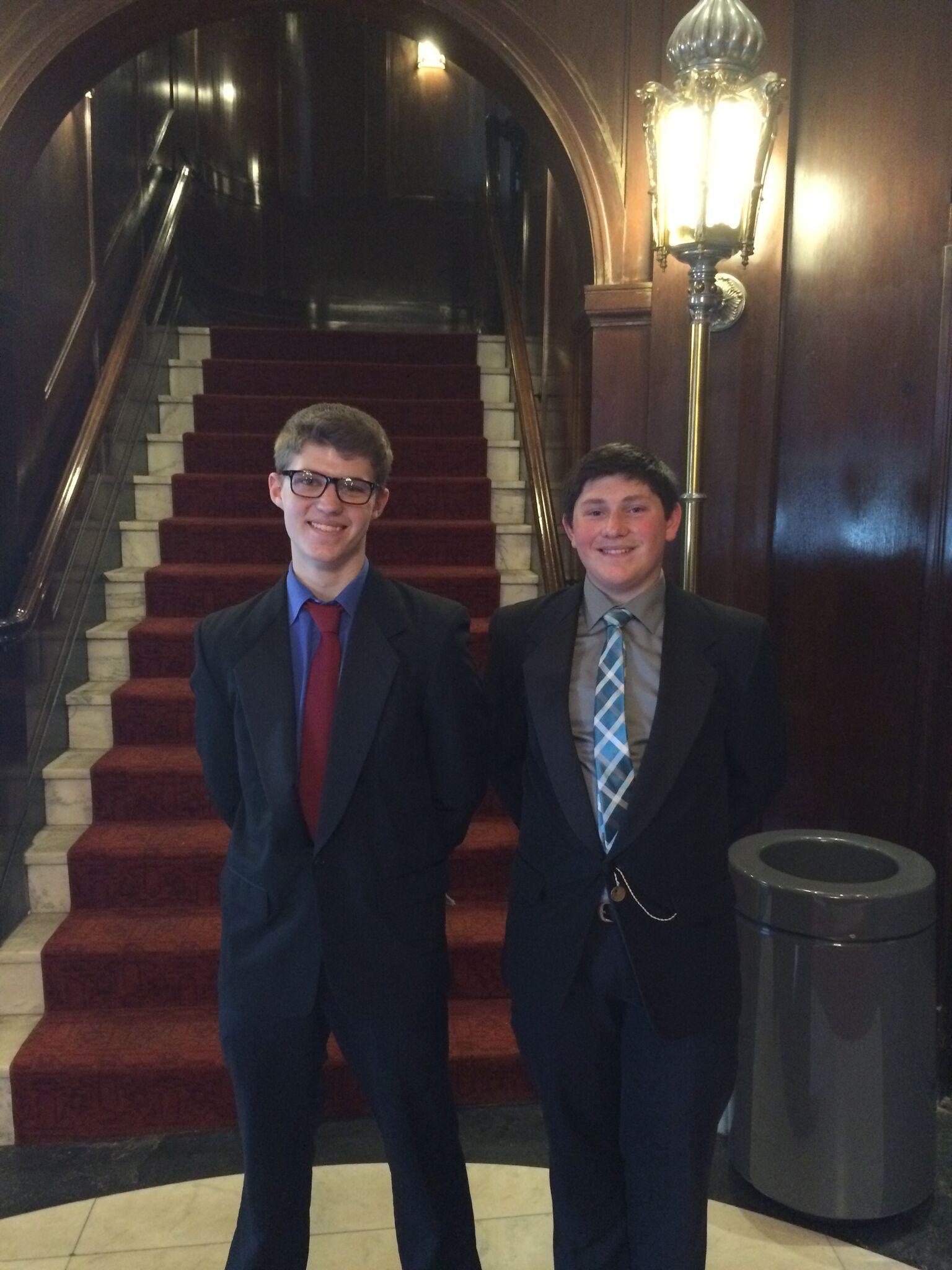
Band members Ryan Thomas (left) and Andrew Flynn, both juniors and members of The Eclipse staff, enjoy the beauty of Orchestra Hall in Detroit.
After the first piece ended, violinist Vadmin Gluzman, using a 1690 “ex-Leopold Auer” Stradivarius violin, performed Shostakovich’s “Violin Concerto No. 2.”
Gluzman’s strong performance was absolutely beautiful, invoking an image of Soviet Russia where Shostakovich lived and composed his music.
The piece reminded me of other pieces I had heard before, like the theme from the film “Schindler’s List.”
After Gluzman ended his performance, the DSO moved into “The Planets,” beginning with “Mars, the Bringer of War.”
“Mars” was a loud, almost violent sounding piece. To my surprise, I realized I had heard parts of the section before.
John Williams, the composer of the music to the “Star Wars” series obviously used “The Planets” as part of his inspiration while composing his own music.
It was also obvious to me that the theme of “Mars” largely reflected the time that it was composed in — when Holst composed “Mars,” World War I was in full swing, imprinting itself on the minds of the British people.
The next section after “Mars” was “Venus, the Bringer of Peace.” This song was more upbeat and playful. However, it was my least favorite. I just did not find myself loving it like the other sections.
After “Venus” was “Mercury, the Winged Messenger.” The section was also not as memorable as other sections, but it had a nice, pleasant sound to it. I really loved the sound of the string players during this piece with their nice, smooth sounding transitions.
Next was “Jupiter, the Bringer of Jollity.” One of the most famous sections of this suite, its initial loudness and soft, almost mournful midsection was absolutely perfect.
The song felt like the centerpiece of the whole suite to me. It just surpassed all the other pieces that came before it.
“Jupiter” was followed by “Saturn, the Bringer of Old Age.”

One of the walls of the Orchestra Hall in Detroit.
“Saturn” really lives up to being “the Bringer of Old Age.” The piece starts off in a low, foreboding way, to make you think about the coming of old age — about the inevitable end we all must meet.
The piece begins to pick up, like a struggle to face the inevitable. The music becomes louder but eventually fades away.
The piece ends with the quiet, fading sounds of harps and string instruments, like someone finding peace.
However, it was interrupted by the opening of “Uranus, the Magician.”
I really love the bassoon in the beginning and how it almost seemed to hop around, with brass and string instruments gradually joining in.
The French horns and low brass in this piece were especially enjoyable, providing a nice change from the other preceding pieces.
The final piece in the suite, “Neptune, the Mystic,” was my personal favorite of the suite.
The song was a quiet, somber piece, sounding like background music to a dream.
At the end of the piece, the orchestra faded out, leaving a choir of women fading away as well.
This ending was one of my most favorite endings to a suite.
It was almost heavenly, leaving the audience with a sense of awe with their minds trying to figure out the difference between the fading choir and the silence of the hall.
It made me, and other Kearsley band students, want to come back and see more orchestras.
Overall, the DSO performed superbly. It is, hands down, the best band I’ve ever witnessed. It left me awestruck and wanting more.
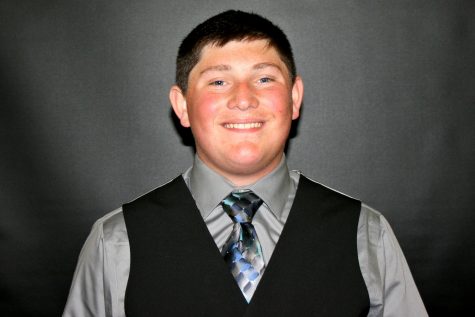
Senior
Birthday: April 8, 1999
Extracurricular activities: Robotics, quiz bowl
Hobbies: WWI, WWII, and Civil War reenacting; marching band
...

